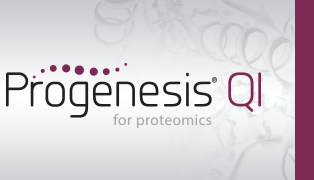How does Hi-N work in the fractionation workflow?
Hi-N quantitates based on the N most abundant peptides. When you quantitate across fractions, this is calculated based on the summed abundance of peptides across all fractions.
The calibrant is standardised by the same process as described elsewhere. However, this is modified to reflect the process of fractionation normalisation:
-
The fractions are normalised as standard – across runs within a fraction, then across fractions as well. This applies to the calibrant as well.
-
The calibrant's normalised abundance is summed across all the fractions post-normalisation - to give a total, normalised, abundance.
Normalised total abundance of calibrant protein per sample = TA = X1 + X2 + X3 + ... Xn
(Where X is the normalised abundance in each fraction and n the number of fractions of that sample).
-
The mean total normalised abundance of the calibrant by sample, across all the fractions, is calculated.
Mean normalised total abundance of calibrant protein = M = (TA1 + TA2 + TA3 + ... TAz)/z
(Where TA1,2,3 etc. is the normalised total abundance in each sample, across the fractions, and z is the number of samples).
-
This is used to derive a response factor relating protein amount to normalised abundance.
R = Y / M
(Where R is the response factor and Y the known amount of the calibrant present).
- The absolute amount of any analyte in any fraction of any sample is now calculated by multiplying this value R by its normalised abundance, and overall by summing this across fractions.





